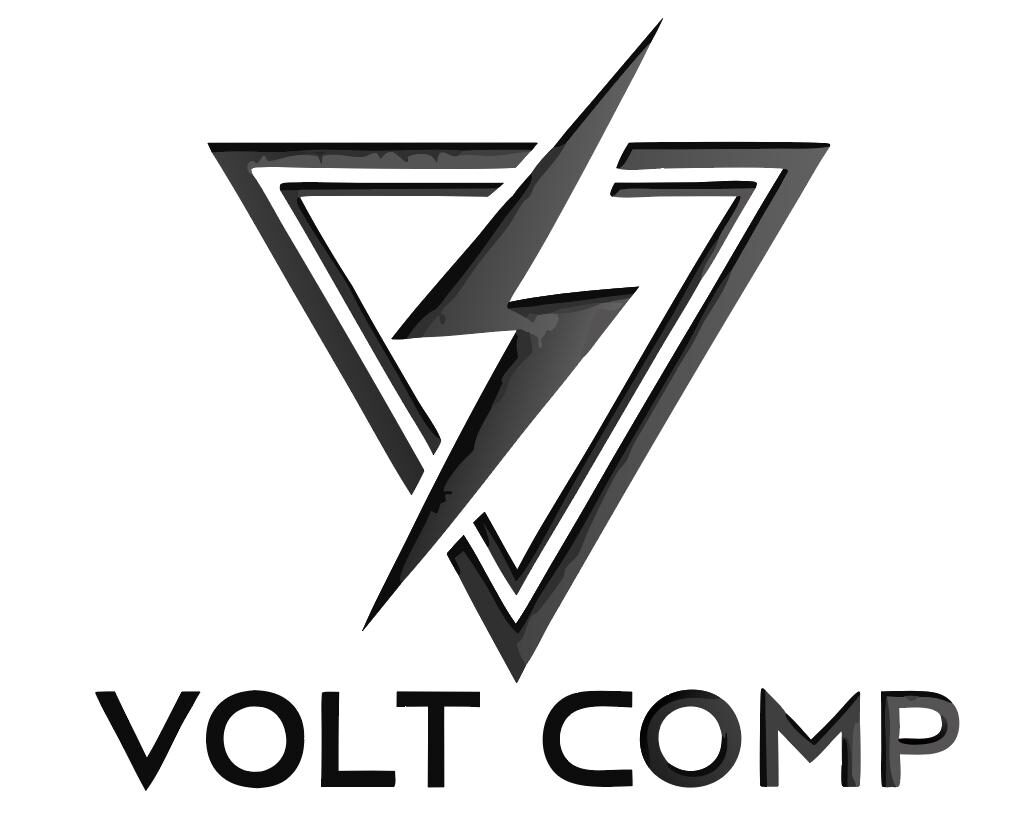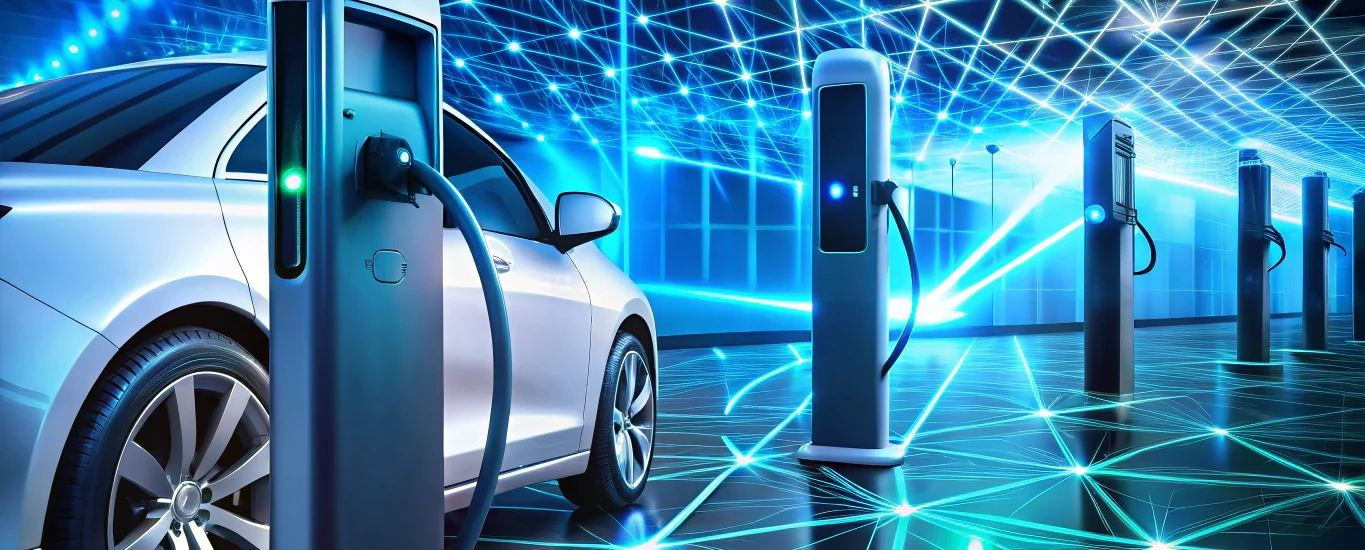Exploring the evolution of electric vehicle charging infrastructure from ultra-fast hubs to smart, grid-friendly networks.
Imagine Seamless EV Charging
Picture this: charging your electric vehicle is as effortless as plugging in your smartphone. This isn’t just a dream—it’s swiftly becoming our reality. As the electric vehicle (EV) market expands, so does the evolution of EV charging stations, transforming into ultra-fast hubs and smart, grid-friendly networks. Let’s explore the exciting trends that are reshaping the landscape of electric vehicle charging infrastructure.
Current Industry Landscape
The world of electric vehicle charging is growing at a pace that’s nothing short of exhilarating. According to the IEA’s Global EV Outlook 2025, both public and private chargers are on the rise, with a notable focus on fast chargers. Market insights from MarketsandMarkets predict continued growth in the electric vehicle charging infrastructure market, fueled by technological innovations and supportive policies. For a deeper dive, check out Volt Comp’s EV Charging Stations Overview.
Key Trends and Their Implications
Trend 1: Ultra-High-Power Stations (350 kW+)
Ultra-high-power stations, like the ABB Terra HP, are game-changers in the charging experience. With power specs ranging from 175 to 350 kW, these stations offer dynamic DC sharing, slashing dwell time and boosting efficiency for fleet operators. Discover more about these cutting-edge advancements on Volt Comp’s Ultra-Fast DC Chargers page.
Trend 2: Smart Networked Chargers
Smart networked chargers are leading the charge in integrating renewable energy into the grid. The NREL emphasizes the importance of smart-charging strategies for optimizing energy use. A compelling case study from ScienceDirect showcases successful renewables integration. Dive deeper into smart charging on Volt Comp’s Smart Charging & Network Management Platform.
Thought Leadership Insights
The ISO 15118 Plug & Charge standard is setting the stage for a seamless charging experience. This standard, detailed on Wikipedia and Driivz, enables automatic authentication and billing. Experts foresee future charging stations boasting enhanced durability and modular designs, ensuring they stand the test of time and adapt to changing needs.
Actionable Advice for Site-Owners & Operators
For those considering installing EV charging stations, a step-by-step guide on how to install an EV charging station at home is a must-read. Additionally, a case study on the California Fleet Depot Upgrade ROI offers valuable insights into the financial perks of upgrading to 350 kW stations. Ensure your installations adhere to best practices with a checklist that includes UL ratings, IP67 enclosures, and network protocols.
Conclusion: The Future of EV Charging
The journey from Level 2 chargers to ultra-fast, smart stations is revolutionizing the energy system. As we advance, the integration of these technologies will be pivotal in driving sustainable transportation. We invite you to explore Volt Comp’s hardware catalog and share your thoughts on the future of EV charging. The road ahead is electrifying, and we’re just getting started.





